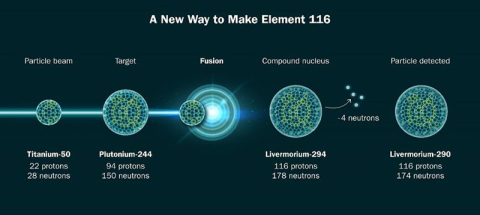
Scientists demonstrated a new way to produce the superheavy element livermorium (element 116) with titanium-50.
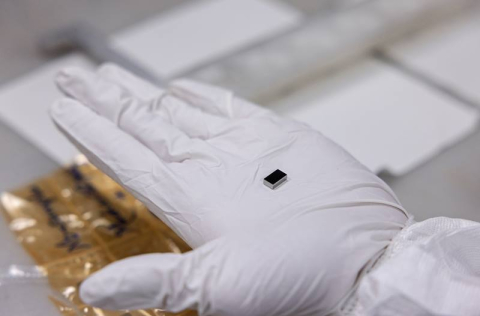
Modeling the diffusion of oxygen into accelerator cavities allows scientists to tailor their properties.
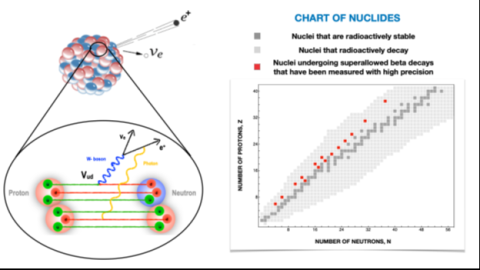
Theorists identify new effects needed to compute the nuclear beta decay rate with a precision of a few parts in ten thousand.
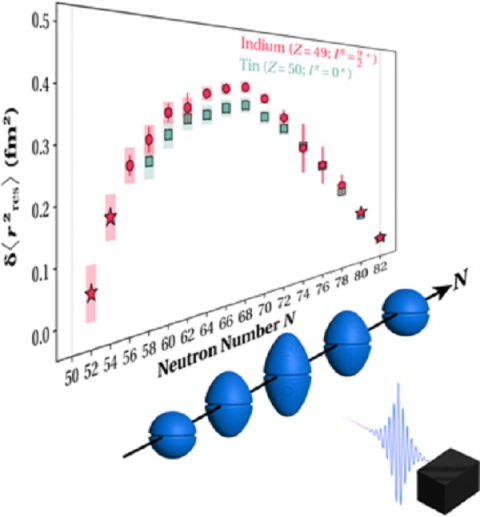
Scientists are closing in on a major cornerstone of nuclear physics, Tin-100.
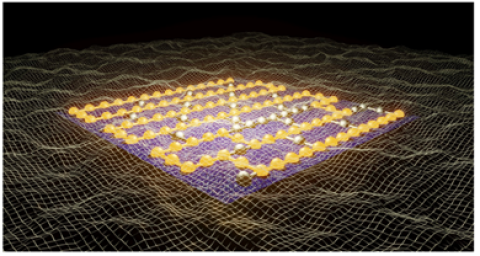
Researchers developed and executed algorithms for preparing the quantum vacuum and hadrons on more than 100 qubits of IBM quantum computers.
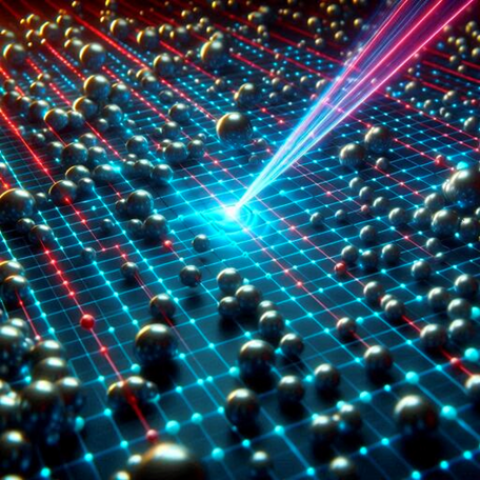
A new framework for quantifying uncertainties increases the predictive power of analog quantum simulations.
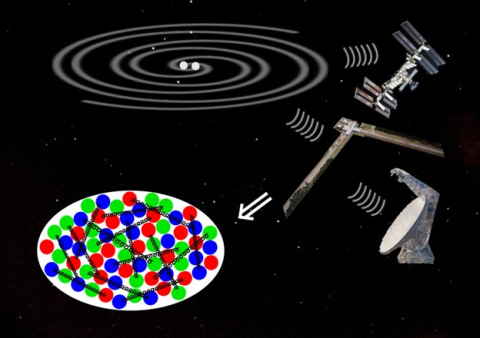
Requiring consistency between the physics of neutron stars and quark matter leads to the first astrophysical constraint on this exotic phase of matter.

Extreme stars may have mountains like those on moons in our solar system. If so, they could produce detectable oscillations of space and time.
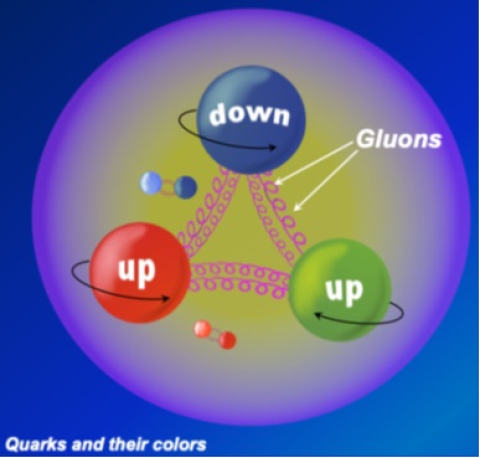
A new approach to applying quantum chromodynamics paves the way for a deeper understanding of the strong nuclear interaction.
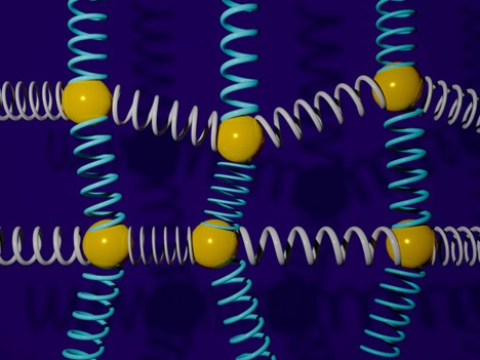
A new quantum algorithm speeds up simulations of coupled oscillators dynamics.

